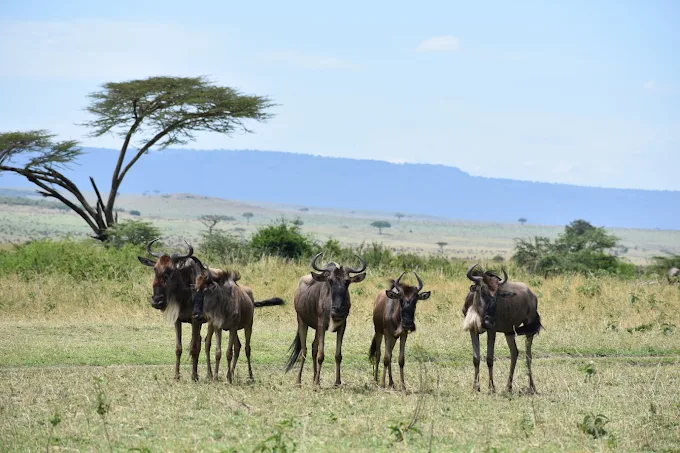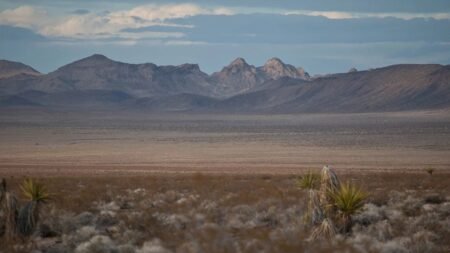Serengeti National Park stands as one of Africa’s most iconic and important wildlife sanctuaries. Located in northern Tanzania, this vast protected area covers approximately 14,750 square kilometers and is world-renowned for its stunning landscapes, diverse wildlife, and the annual Great Wildebeest Migration. Bordered by Kenya’s Maasai Mara to the north and the Ngorongoro Conservation Area to the southeast, Serengeti plays a crucial role in East Africa’s ecosystem and tourism economy.
The park is one of the oldest in Africa, established in 1951, and was designated as a UNESCO World Heritage Site in 1981. Its name comes from the Maasai word “Siringet,” which means “endless plains”—a fitting description for the expansive grasslands that define the park’s scenery. These open spaces are ideal for spotting large numbers of grazing animals and the predators that follow them. Serengeti is also rich in other landscapes, including woodlands, acacia forests, river valleys, and rocky outcrops known as kopjes.
One of the park’s most spectacular features is the Great Wildebeest Migration. Each year, over 1.5 million wildebeest, along with around 200,000 zebras and 300,000 gazelles, make a circular journey in search of fresh grass and water. This movement takes them from the southern plains of the Serengeti to the Maasai Mara in Kenya and back. The migration is full of dramatic moments, especially during river crossings at the Grumeti and Mara rivers where crocodiles await. This natural event also attracts lions, hyenas, leopards, and cheetahs, offering unforgettable safari experiences for visitors.
Serengeti National Park is home to the “Big Five” animals: lions, leopards, elephants, rhinos, and buffaloes. Lions are especially common, with over 3,000 living in the park. Cheetahs are often seen on the open plains, using their speed to hunt gazelles. Elephants roam the woodlands, while leopards rest in the trees. Rhinos are rare in the central Serengeti but can be found in surrounding protected areas. More than 500 bird species also inhabit the park, including ostriches, vultures, eagles, and colorful bee-eaters.
Tourism is a major part of Serengeti’s identity. Visitors come for game drives, birdwatching, and even hot air balloon safaris over the plains at sunrise. Many arrive through Arusha, the gateway city, with access to airstrips like Seronera and Kogatende. Others travel by road through the Ngorongoro Conservation Area. Accommodations range from budget-friendly campsites to luxurious tented lodges that provide comfort while staying close to nature. Many of these lodges follow eco-friendly practices and work with local communities.
The park is managed by the Tanzania National Parks Authority (TANAPA), which enforces strong conservation measures. These efforts include anti-poaching patrols, education programs, and partnerships with local people to ensure the long-term survival of both wildlife and communities. Community-based tourism projects are growing, allowing local residents to benefit from tourism by offering guided tours, crafts, and cultural experiences. This approach not only supports the economy but also deepens visitors’ understanding of Tanzanian culture and conservation challenges.
Serengeti’s ecological value goes beyond its borders. It helps preserve the balance of species across East Africa and serves as a model for sustainable tourism. Scientists and conservationists study the park to learn more about animal behavior, migration patterns, and climate impacts. The park’s ability to attract international attention has also helped raise awareness of the need to protect endangered species and fragile ecosystems throughout the region.
With its mix of natural beauty, wildlife richness, and cultural importance, Serengeti National Park remains a must-visit destination for travelers seeking meaningful and memorable adventures. It continues to draw visitors from around the world who come to witness nature at its most raw and beautiful.







